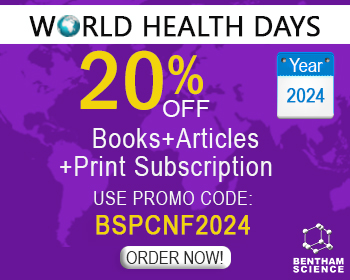Abstract
Due to the fact that a definite treatment for AIDS disease has not been discovered so far, antiretroviral drugs are relatively significant in controlling the disease. In this study, Lamivudine- which is an old and effective anti-AIDS drug- was connected to PEGylated chitosan nanoparticle in order to produce a new and greater version of Lamivudine. First, physicochemical studies such as HNMR, FTIR spectroscopy and CHN analysis were performed to ensure the proper synthesis. Following that, Lamivudine-PEGylated Chitosan (LPC) drug was evaluated in terms of its inhibitory capability in producing HIV virions and its cytotoxicity in different doses. HIV virions were created by transfection of psPAX2, PmzNL4-3 and pMD2.G plasmids into HEK293T cell line. Also, assessment of the P24 amounts of cell supernatant was performed using ELISA method. Among the different doses of LPC drug (0.1, 1, 10 and 100μM), it was found that 0.1μM was the most effective and least toxic dose compared to Lamivudine in the same dose. Results of this study indicate that LPC drug has the ability to inhibit HIV virus replication in a more significant way in comparison to the old drug. Besides, the drug has a low cytotoxicity and is effective with a lower dose.
Keywords: HIV, AIDS, lamivudine, antiretroviral drugs, chitosan nanoparticle.

























